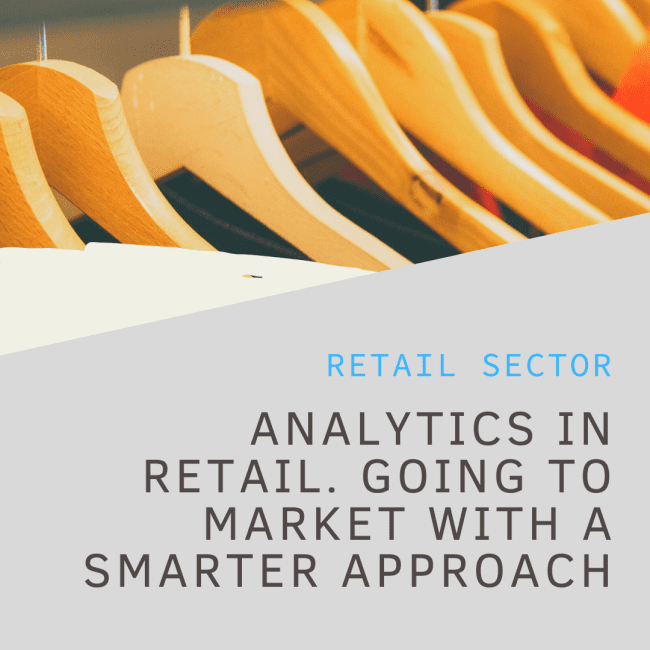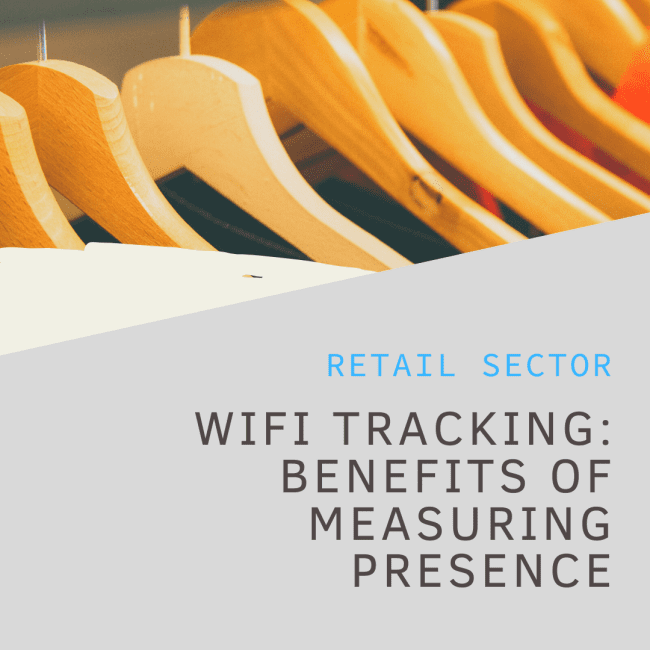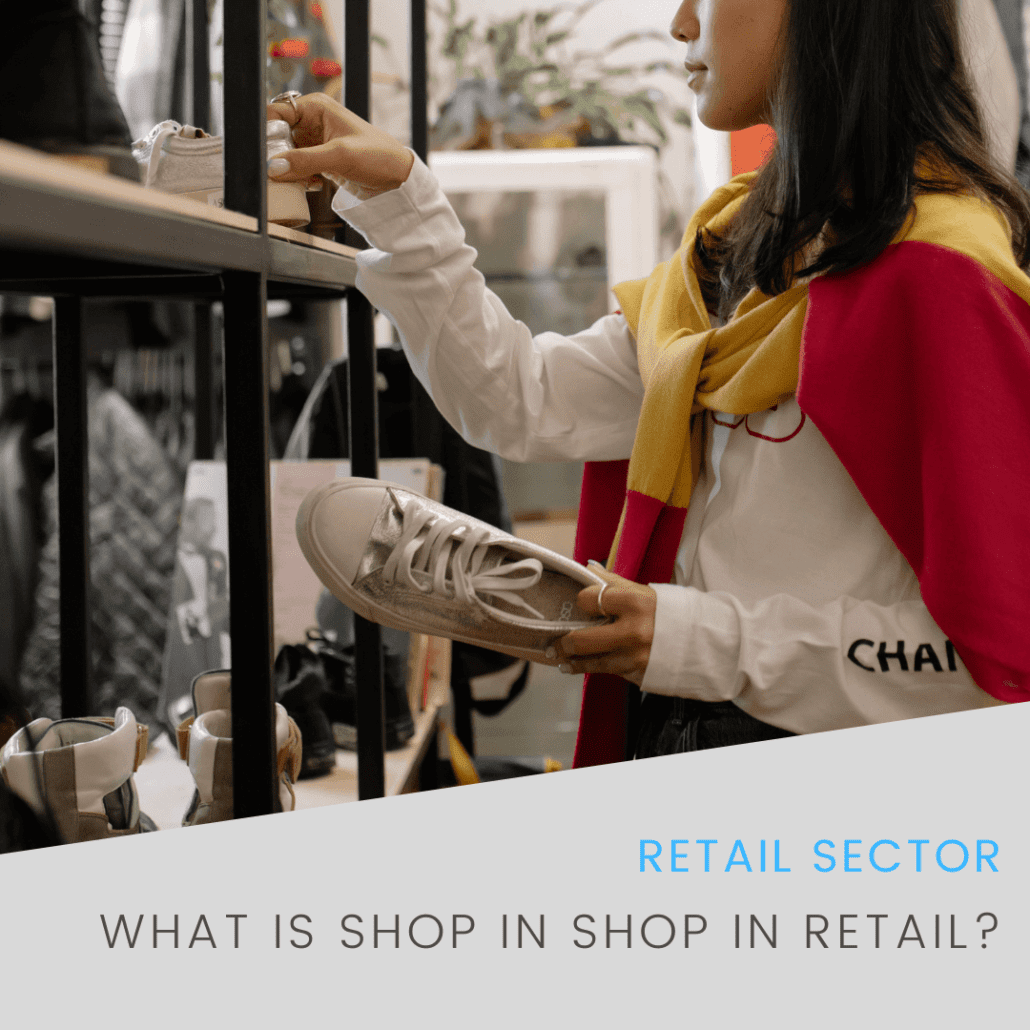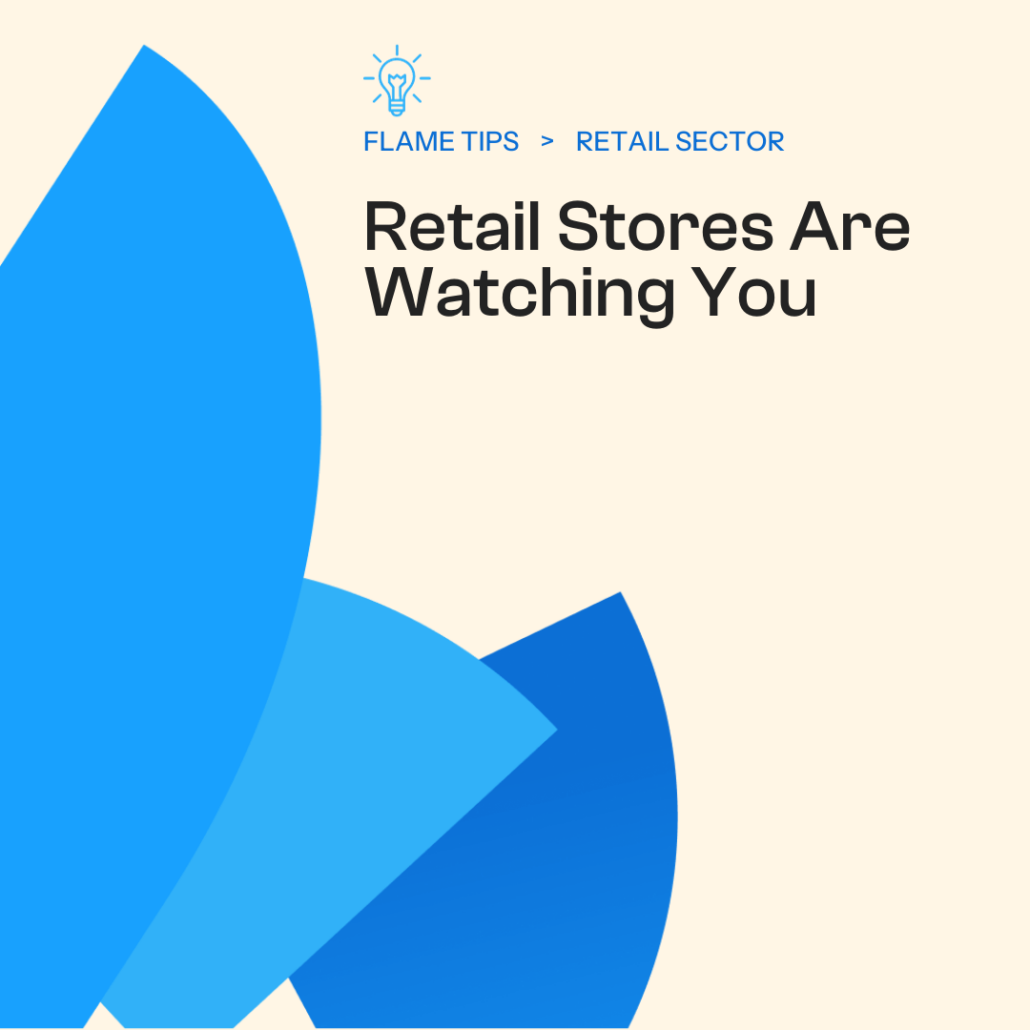Shopping has been evolving in the past several years in order to accommodate the changing needs of customers. From global shipping, to online-only brands, retail has adapted in order to thrive. The pandemic has also served as a major source of influence on retail businesses, especially for brick-and-mortar brands that have had to get creative in order to retain customers and ensure their loyalty. It’s a rapidly changing world out there, so brick-and-mortar shops have to be on the lookout for emerging trends to survive in this uncertain climate.
Aside from customer-facing interactions, retail brands also need to rethink how they’re handling their internal structure and organization. Especially with the pandemic changing how we work and collaborate, retailers need to adopt novel training ideas and engagement trends to ensure employee retention and satisfaction. To help your business flourish in these difficult times, use the listed training and engagement solutions for your business to reconnect with your employees.
Safety and health training
Retail technology has helped elevate employee health and safety over the past several months in many different ways. However, you also need people who know how to properly leverage that technology every day and maximize its potential to protect your staff.
To do that, you should invest in regular health and safety education for your employees. By mastering the latest prevention measures and by recognizing their own contribution in keeping your retail business safe, they can feel like part of the brand and work more seamlessly towards the same goals.
Software to build employee connections
Simplifying communication is often the key to helping your organization thrive. For starters, better communication amplifies transparency, helps you manage time with ease, and it allows employees to collaborate more smoothly with each other, as well as those who need to work remotely. To that end, retail brands often use employee engagement tools that streamline communication and help people stay on top of their tasks with automated notifications and an overview of everyone’s whereabouts.
Whether you have a smaller retail store, or you run an entire chain of stores in many different locations, engagement will soar when you make communication easier for everyone. Use digital notice boards to keep everyone in the loop and send text notifications for important updates and reminders. You can also communicate with individuals in private chats, but all via the same platform.
Personalizing learning and education
Personalization has been in use for a very long time as a means to evolve and boost customer experience, but it also helps employees. Since you have employees in different sectors, from retail salespeople, HR staff, all the way to marketing experts, you need to tailor educational programs and modules for each of them.
Although health and safety training is essential for everyone, there are specific classes and workshops you can provide for your employees in different departments. Talk to them and see which skills they want to improve, and investing in their professional development will surely contribute to their feeling of loyalty and happiness.
A focus on wellbeing programs
Employee engagement and satisfaction don’t depend solely on what you provide for them at work. That is why retail brands are increasingly looking to improve employee wellbeing through a variety of programs. Much like personalized training modules help teams develop position-specific skills and professional capabilities, personalized wellness solutions allow retail brands to build employee satisfaction.
Do some research to figure out what your staff needs. Maybe some of them would benefit from a selection of online fitness programs to exercise from home during the pandemic. Some of them could use counseling or mental health advice. All in all, employees need to know you value their wellbeing, so take the time to devise wellness programs for employees outside of the workplace.
Creating a culture of safe interactions
When your employees are on edge, they can hardly feel satisfied at their jobs, or exude confidence when interacting with your customers. Now, while you have to follow certain protocols and make sure that only a few people are physically at the store at any given time, you also need to help your teams feel secure and safe in their own work environment. To do that, you can use simple tracking tools to regulate interactions and prevent the spread of the virus.
This helps recognize safe patterns in communication among your staff and customers, raise awareness for everyone, and help people adapt to the changing customer needs. When you make them feel safe and protected, which includes preventing the spread of COVID-19, you actively contribute to the culture of your retail business, based on elevated safety in these trying times.
Although moving a portion of your business online is a smart move for the time being, it’s vital to remember that your on-site employees are the essence of your brand. Their happiness and wellbeing will define your brand’s success today, as much as it will do so in the days when the pandemic is over.
That’s why investing in advanced and improved training and engagement solutions makes sense for retailers wanting to ensure stability and growth from within. Hopefully, the listed tips will help you get there more easily and allow you to secure your future and your employees’ happiness alike.







